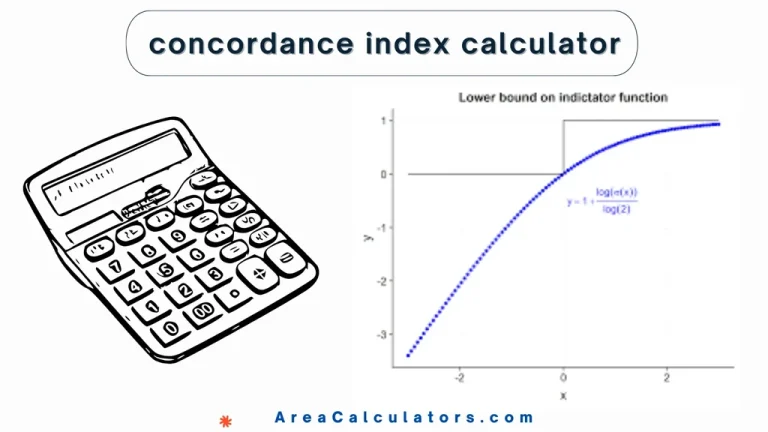Biodiversity Index Calculator
To calculate the biodiversity index, you can use a simple formula like Simpson’s or Shannon’s Index. This involves measuring the number of species (species richness) and their abundance in a given ecosystem.
The Biodiversity Index Calculator helps to quantify the biodiversity of a habitat by evaluating the number of species present (species richness) and their relative abundance. High biodiversity index values indicate a diverse and healthy ecosystem, while lower values suggest reduced species diversity.
Biodiversity indices, such as Simpson’s Index and Shannon’s Index, are commonly used to assess environmental health and guide conservation efforts. These calculators are widely applied in ecology, biology, and environmental sciences.
Formula:
| Variable | Description |
|---|---|
| BI | Biodiversity Index |
| NS | Number of Species in the habitat |
| NI | Number of Individuals within the habitat |
Solved Calculation:
Example 1:
| Step | Calculation |
|---|---|
| Number of Species (NS) | 5 |
| Number of Individuals (NI) | 200 |
| Biodiversity Index Calculation | |
| Result | 0.025 |
Answer: The biodiversity index is 0.025.
Example 2:
| Step | Calculation |
|---|---|
| Number of Species (NS) | 10 |
| Number of Individuals (NI) | 500 |
| Biodiversity Index Calculation | |
| Result | 0.02 |
Answer: The biodiversity index is 0.02.
What is Biodiversity Index Calculator?
A Biodiversity Index Calculator is a tool used to measure the biodiversity of a given area by calculating diversity indices such as Simpson’s Diversity Index or Shannon’s Diversity Index. These indices provide insight into the richness and evenness of species in a particular ecosystem.
To calculate biodiversity, scientists often use the Shannon Diversity Index (H’) or Simpson’s Diversity Index (D). For Shannon’s Index, the formula is:
H’ = -Σ (pi * ln(pi)),
where pi is the proportion of each species relative to the total number of species.
For Simpson’s Index, the formula is:
D = 1 – Σ (n/N)²,
where n is the number of individuals of a particular species, and N is the total number of individuals.
It simplifies these calculations by automatically inputting species data to compute the index. This is especially useful for large datasets, and tools like the Shannon Diversity Index calculator in Excel or Simpson’s Diversity Index calculator with steps guide users through the process.
Final Words:
These indices help scientists and conservationists understand the health and stability of ecosystems. A higher biodiversity index typically indicates a more diverse and resilient ecosystem, while a lower index may suggest a more homogeneous or vulnerable environment.




